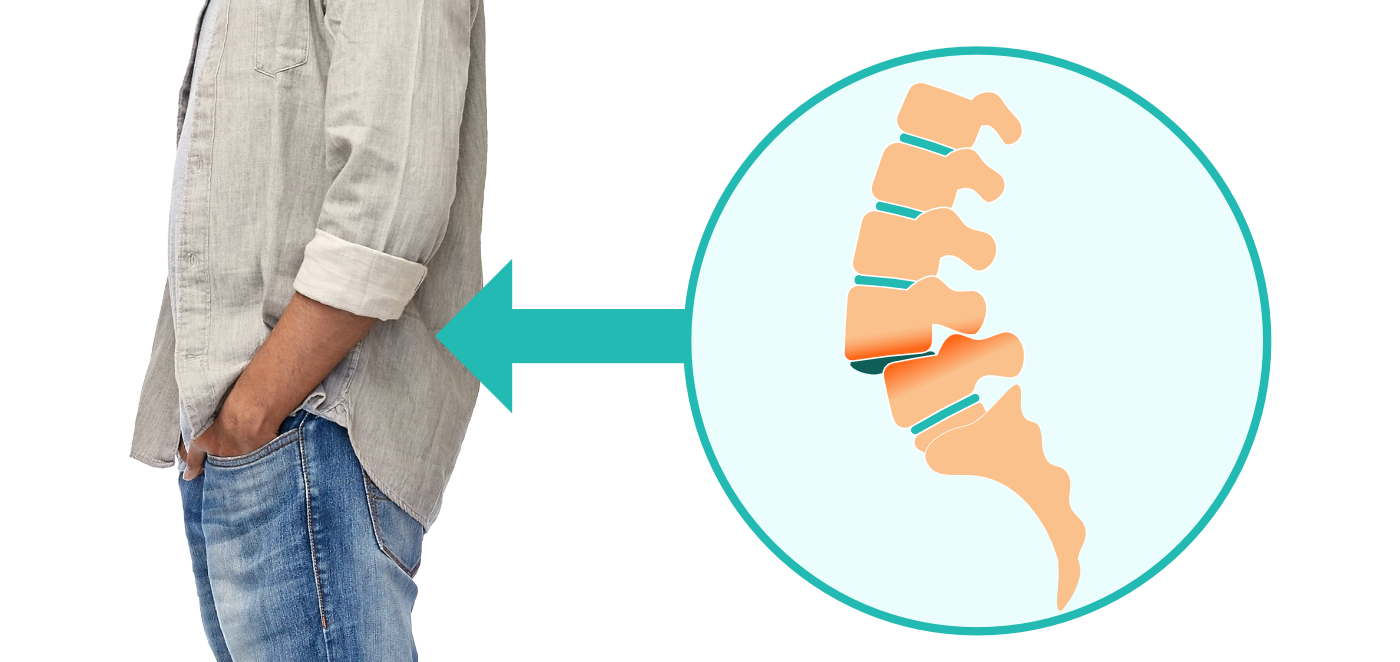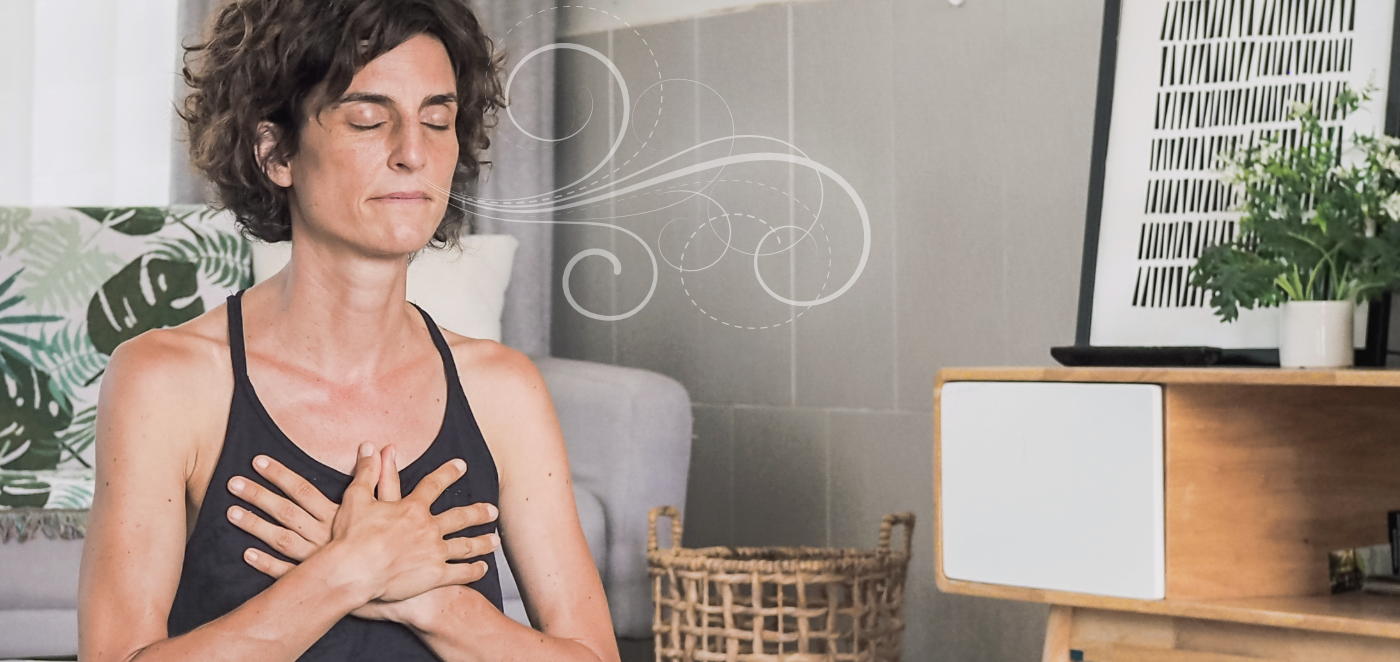How working developmentally helps clients with back pain
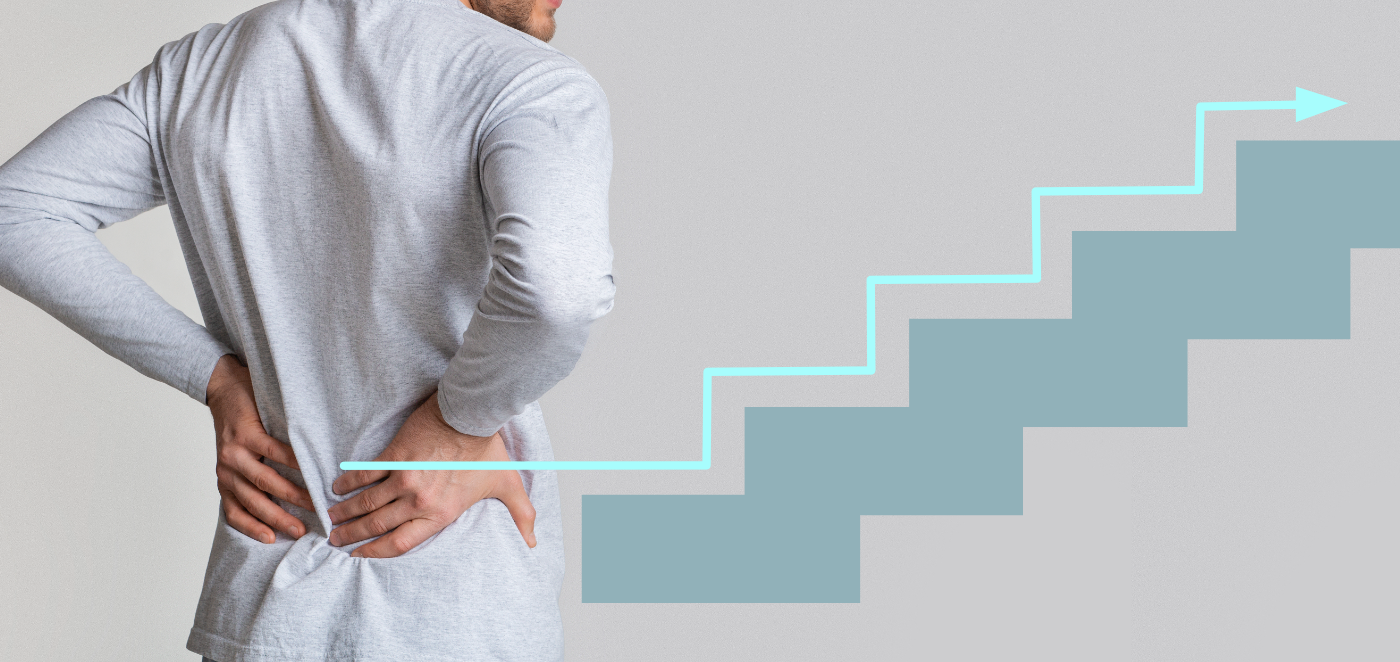
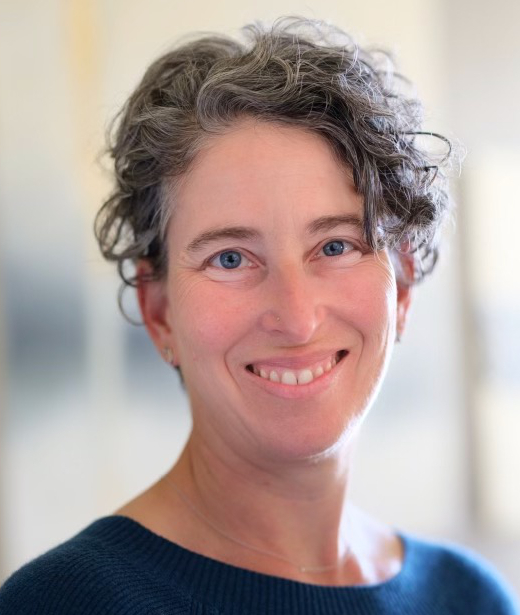
I first heard the term “developmental practice,” and directly experienced this approach myself when starting to teach yoga for low back pain ten years ago. Developmental movement practices are taught sequentially, reinforced gradually, and employed therapeutically.
Simple steps or skills accrue and gradually build into competence and mastery. This implies a logical and stepwise approach, marking milestones. It is about how we develop and progress, where each skill learned depends upon a previous one. We have many shared idioms, based on our growth as humans that move, that evoke this. For example, “crawl before you walk.”
Developmental approaches are central in definitions of Yoga Therapy, as with IAYT’s description of Yoga Therapy as “the process of empowering individuals to progress” and from TKV Desikachar & Kausthub Desikachar’s “evolving” and “progressive” practice [emphases added] here:
Yoga therapy is the process of empowering individuals to progress toward improved health and well-being through the application of the teachings and practices of Yoga.
IAYT Educational Standards for the Training of Yoga Therapists
Yoga therapy is a self-empowering process, where the care-seeker, with the help of the Yoga therapist, implements a personalized and evolving Yoga practice, that not only addresses the illness in a multi-dimensional manner, but also aims to alleviate his/her suffering in a progressive, non-invasive and complementary manner.
TKV Desikachar & Kausthub Desikachar
In working developmentally— and clarifying that this is a deliberate, therapeutic strategy— the client or student may be able to reclaim their healing and well-being.
Starting with the practical fundamentals means re-setting our markers of challenge and accomplishment. An exploratory approach, which emphasizes curiosity and noticing, is powerful. Our milestones can realign toward more subtle experiences that research shows impact pain perception. One example of this would be practices for increasing proprioception— the student’s felt-sense of where their body is in space, and interoception— their sensing of the internal state of the body, or how the body feels from the inside out. These are essential to addressing and reducing chronic pain.
Exploratory and malleable dimensions of sequencing a developmental approach can include gradations of:
- pacing (slow – fast)
- position relative to gravity (lying – standing – balancing)
- repetition of movements or breath (increasing – decreasing)
- size (big – small gestures)
- complexity (moving from simple to more complex gestures or sounds)
- challenge (difficulty – ease of a movement or movement pattern)
For example, when meeting a new client, acknowledge time and pacing as a variable in recovery. Say directly that pacing is part of the package. This gives them permission— or, for some, we might even frame changing pace as a challenge— to explore going slowly. They can learn to notice for themselves if they “push” or rush, and the effect on chronic pain. This invites them to see for themselves that how we move through life may be related to how we feel and heal.
For the client with chronic (back) pain, pain may have slowed their roll, not by choice but by necessity. The Yoga Therapist works with them on re-setting their expectations of timing and pacing. Time matters, as the student takes their time to learn the foundational elements before continuing onward. Patience matters, as well, and we can relax into a compassionate undercurrent when allowing ourselves time to learn, and then intentionally to build on what we’ve learned, moving at the pace of the body.
Gradual skill-building compounds overall confidence. Depending upon the practices that we select, it increases strength, capacity, and clarity. We cultivate presence, and in being “here and now” we find a mindful way. The mindful way acknowledges and can be with difficulty, including chronic pain, and still be okay. Reading this, you may sense that this is beyond physical accomplishment. It’s a change in perspective and in our relationship to the body, to pain, and to ourselves.
In designing a developmental practice for a client with chronic (back) pain, the basics are potent. Ask the client:
- In this moment, are you comfortable or uncomfortable? Help them find a comfortable resting position. Encourage them to distinguish unfamiliar or strong sensations from discomfort and pain. For example, ask: Is it more/less comfortable for your back if your legs are outstretched, or if your knees are bent? Although most people will find it easier on their back if their knees are bent, guide them in checking this out for themselves. Add yoga props, and then ask again. Encourage them to describe what they notice.
- Where do you feel touch points? What are the sensations of contact, where areas of your body rest on the support beneath you? Direct their attention to noticing their feet/heels, rear end, back of the torso, back of the head. Offer or listen for words like touch, pressure, rest, heavy, firmness or others that point them toward noticing sensations.
- How does it change if you move at the pace of your breath? Encourage them to notice and begin to synchronize breath and movement (speed and direction). Apanasana is a simple yet powerful movement to explore breath-focused movement as well as the directionality of inhale/exhale.
Excellent resources for learning more about developmental practices for low back pain now are available online. I refer yoga teachers and yoga therapists to Robin Rothenberg’s Low Back Programs (Essential Yoga Therapy) and teachers and Olga Kabel’s Yoga Series for Lower Back and Sacrum Stability (Happy U Hub).
In upcoming posts, we’ll delve into specific practices in Yoga Therapy related to scoliosis and spondylolisthesis.
© 2022 Rachel Lanzerotti, Five Rivers Yoga LLC
Read more of Rachel’s posts on working with back pain >
Check out Rachel’s Real-Life Case Studies video series, available exclusively to Sequence Wiz members. Learn more about Case Studies at Sequence Wiz >)
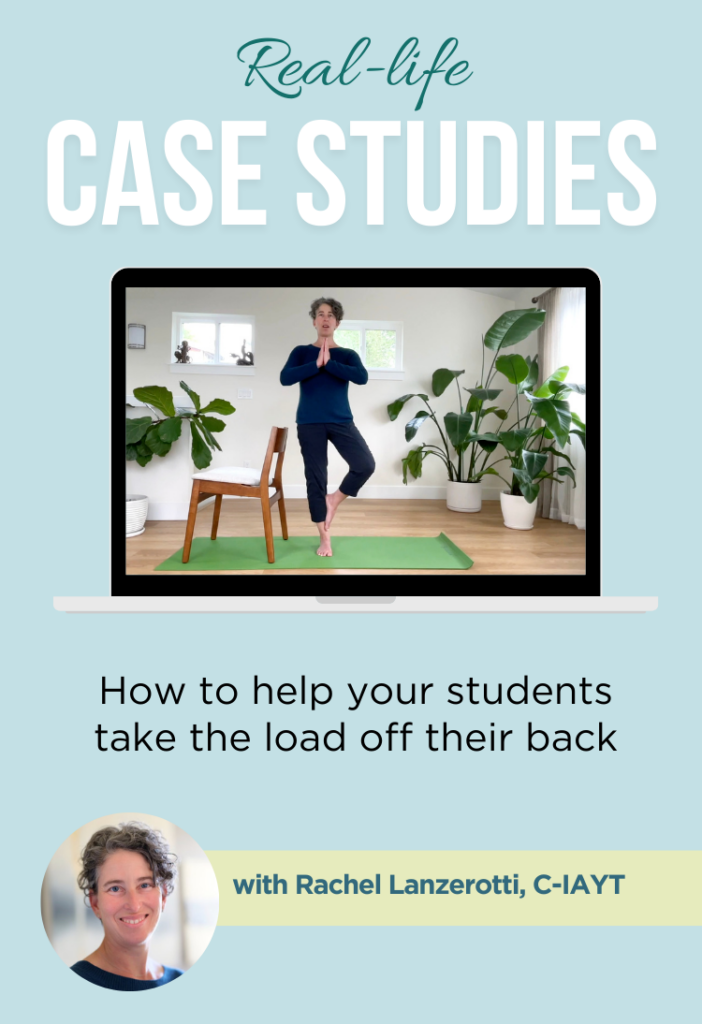
Part 1: What questions to ask about lower back discomfort
Part 2: Using small movements and postural awareness to relieve pain and increase confidence
Part 3: Using chakra exploration and bija mantra to strengthen from the ground up
Part 4: Using restorative poses, asymmetrical movement, and directed breathing to heal physically and physiologically
+ Virtual event: A chat with Rachel on how to help your students take the load off their back
About Rachel
Rachel Lanzerotti (MSW, E-RYT500, IAYT-Certified Yoga Therapist) is the Founder of Five Rivers Yoga Therapyand creator of The RE/ST Method for Pain Recovery™. She is a Body-Mind Yoga Therapist, meditation teacher, counselor, health educator and specialist in back pain relief. Rachel has taught at UCSF Osher Center for Integrative Medicine and Spirit Rock Meditation Center.
She holds a BA in Human Biology from Stanford University and Master of Social Work (MSW) from San Francisco State University. For a decade prior to founding Five Rivers Yoga Therapy, Rachel ran an organizational consulting practice with community-based groups. She spent many years focused on direct action work for nonprofit and social change organizations.




